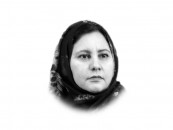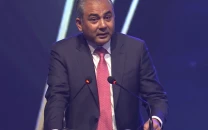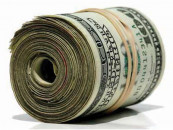Break down your social standing
To "break down your social standing" today is not to expose the illusion, it's to acknowledge the effort

Shoes Rs30,000; bag Rs110,000; watch Rs50,000. Confidence? Priceless.
These are the familiar lines from reels that float across our screens, playful, aspirational, sometimes ironic. But behind the snappy rhythm lies something more complicated: a performance of class, stitched together from borrowed symbols, quiet anxiety, and the unspoken pressure to appear as if we belong.
In Pakistan, class has always been a visible language. But today, it's less about income brackets and more about the optics of belonging. Who gets seen, who gets heard, who gets served first in a shop, these are shaped not only by money, but by how convincingly one can dress the part. And so the upper-middle class, with its curated wardrobes and brunch filters, becomes more than a lifestyle segment. It becomes an aspiration model, a silent code others are expected to crack.
This isn't about vanity. It's about access. For many, looking "put together" is a way to be taken seriously. To move through the world with just a little less friction. It's not always about designer labels or imported perfumes; often, it's about finding the closest approximation. Landa bazaars, stitched replicas, dupes, discount apps, export rejects, all become tools in the quiet hustle to appear secure. There is no deceit here. Just people doing what they can with what they have.
We like to say fashion is frivolous. But in moments of economic strain, it becomes startlingly revealing. It tells us who can still afford excess and who must now navigate desire through substitutions. When inflation rises and jobs shrink, original brands are replaced with copies. Pret wear is shelved for stitched alternatives. Dupes become bestsellers. The industry doesn't disappear, it just adapts, quietly. Austerity, after all, can be styled.
Even wealth changes costume during downturns. "Quiet luxury" is suddenly the new aesthetic. Minimalism is rebranded as taste. Logos fade into taupe and tailored restraint. It's a fascinating sleight of hand: in times of crisis, even opulence learns to whisper.
But for most, fashion isn't about trends, it's about protection. A carefully chosen outfit might mean better treatment at a government office. A branded bag, even a knockoff, might offer a bit more respect in public. These are not delusions of grandeur. They're strategies for dignity in a society that often equates poverty with incompetence. When people dress beyond their means, it's not always about aspiration, it's often about safety.
And maybe that's the part we miss when we laugh at those reels or roll our eyes at the first-copy market. It's easy to mock imitation when you've never had to fake your way into being heard. But for many, fashion is one of the few arenas where class lines blur, if only momentarily.
So what's in the bag? Maybe not Gucci. Maybe not even a name brand. But inside are small acts of hope. A secondhand phone. A stitched shirt tailored to look like prêt. Lipstick saved for the right day. A silent refusal to be overlooked.
To "break down your social standing" today is not to expose the illusion, it's to acknowledge the effort. The care. The compromise. Shirt, Rs700; bag Rs1,200, second copy. Shoes: old, but polished. Confidence: conditional, but practiced. Dignity: worn with intention.
There's no punchline here. Just a quiet truth: fashion may not always reflect who we are, but it often shows what we're trying to survive.
















COMMENTS
Comments are moderated and generally will be posted if they are on-topic and not abusive.
For more information, please see our Comments FAQ